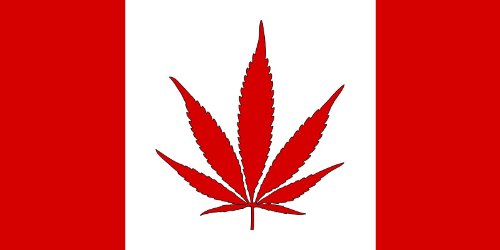Colby Cosh, a self-confessed hardcore druggie (okay, he admits “I’m not a big pot smoker, although it is a point of honour with me to admit in print that I have done it plenty of times”), on some interesting aspects of next year’s “Cannabis Day” legalization target:
What leapt out at me in [recently elected MP and former cop Glen] Motz’s stream of consciousness was a claim that “health-care costs are starting to rise” in the recreational-marijuana states. What could this mean? The U.S. doesn’t have single-payer universal public healthcare, and its programs for the poor, the aged, and veterans are all administered federally. But if Motz wants to bring up health-care costs, we can certainly go there.
They found that when individual states legalized medical marijuana (as 28 now have), doctors in those states began to fill fewer prescriptions addressing medical conditions for which there is some evidence that marijuana might help — anxiety, nausea, seizures, and the like
One of the most remarkable economic findings of any kind on piecemeal marijuana acceptance in the U.S. appeared in the journal Health Affairs last July. It became famous almost immediately as the “Medicare Part D study”: two policy specialists at the University of Georgia in Athens looked at data on 87 million pharmaceutical prescriptions paid for by the federal government from 2010 to 2013. They found that when individual states legalized medical marijuana (as 28 now have), doctors in those states began to fill fewer prescriptions addressing medical conditions for which there is some evidence that marijuana might help — anxiety, nausea, seizures, and the like.
By “fewer” I mean “a lot fewer.” The study estimated, for example, that medical marijuana reduced prescriptions for pain medication by about 1,800 per physician per year. That estimate could be off by an order of magnitude and still be pretty impressive. It is only one study, but when the researchers double-checked their results by looking at conditions that nobody thinks marijuana is indicated for, they found no declines in prescribing.
Marijuana is still an outlawed Schedule I drug under U.S. federal law, doctors even in medical-marijuana states “recommend” the stuff rather than formally prescribing it, and patients have to pay for it. Moreover, pot may be relatively unpopular with the (mostly pension-age) Medicare-eligible population. The Medicare Part D study shows, if nothing else, that American medicine is already making heavy professional use of marijuana. The authors think it might have saved Medicare half a billion dollars over the four-year study period. Perhaps there are concomitant harms that this study does not account for. It is hard for me to imagine what they might be, but I am not a politician.




